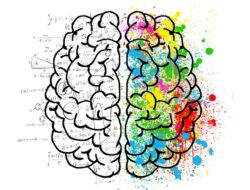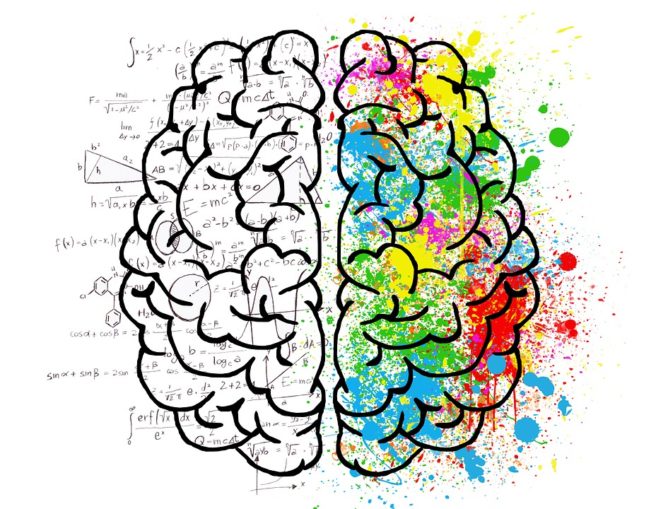You know I’m a big fan of Freakonomics. I talk about them fairly often. This is due in part to the nature of the content–it’s not explicitly about HR, recruiting, or business. It just ties in nicely with what we do, as you’ll see in this post.
During a recent episode, the host talked with a professional economic forecaster about what it takes to be great at forecasting. The gentleman talked through several points, but the one that was most pertinent to today’s discussion was the ability to make judgment calls with some measure of certainty attached.
Most of us have had to terminate someone at some point, and there is always that sense, no matter how airtight the decision, that something could come back to bite us. Consider the following two examples and think about which one would make you seem like you have a good handle on the situation.
- The guy seems really angry about the possible termination. I think he could sue us if we’re not careful. What do you want to do?
I don’t want to point any fingers, but that is a fairly common response. You might have said that very statement yourself (I know I probably have!) But I think we can do better. What about this?
- The guy seems really angry about the possible termination. However, I think there’s just a ten percent chance that he would take legal action, based on the specifics of his case. How do you want to proceed?
That second statement is pretty good, right? It gives some measure of probability that helps to assess the situation appropriately. Without it, the statement is vague and could really go either way. It could be 10% or it could be 70%.
Now, if you’re like me, you would probably hear that second response and wonder “Where did the 10% figure come from?” It can’t be arbitrary. It needs to be grounded in some sort of facts and experience. It can emerge from historical data, judgment, and other factors specific to the situation (disability, minority, supervisor, etc.)
The bottom line is this–we need to get better at using probability and other more concrete statements to evaluate effectiveness. When someone asks marketing about its latest campaign, they don’t say “We think it’s working.” Instead, they pull out data, share information, and give concrete examples of how the initiative is driving results. We need to do the same. Just like HR leaders can specifically learn some lessons from marketing leaders, we all can pick up a few ideas on how to measure and communicate effectiveness.
Do you make a common practice of measuring and communicating the probability of high-risk actions occurring? What has been the result?Â

